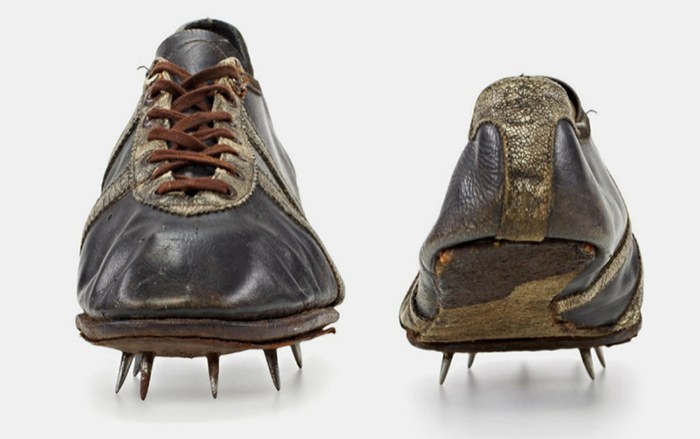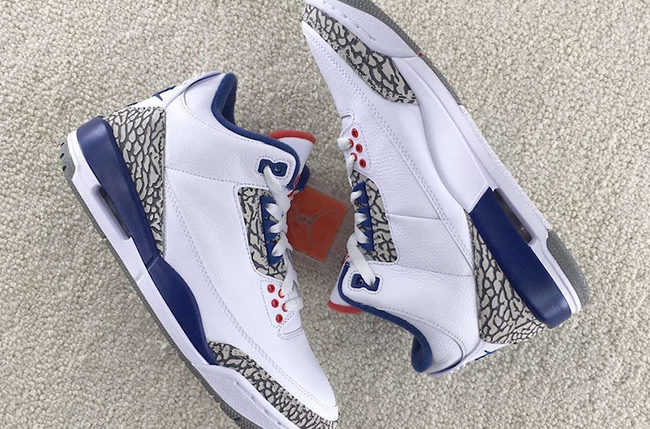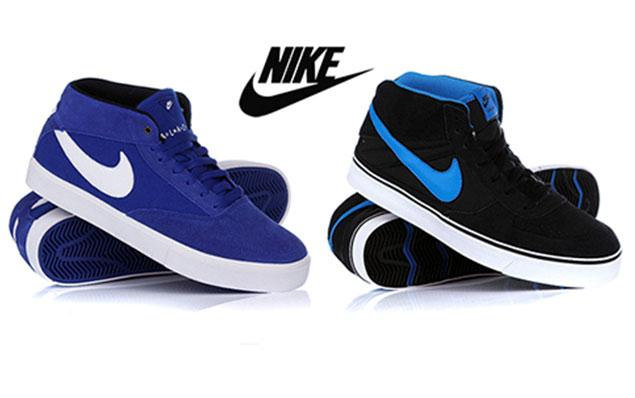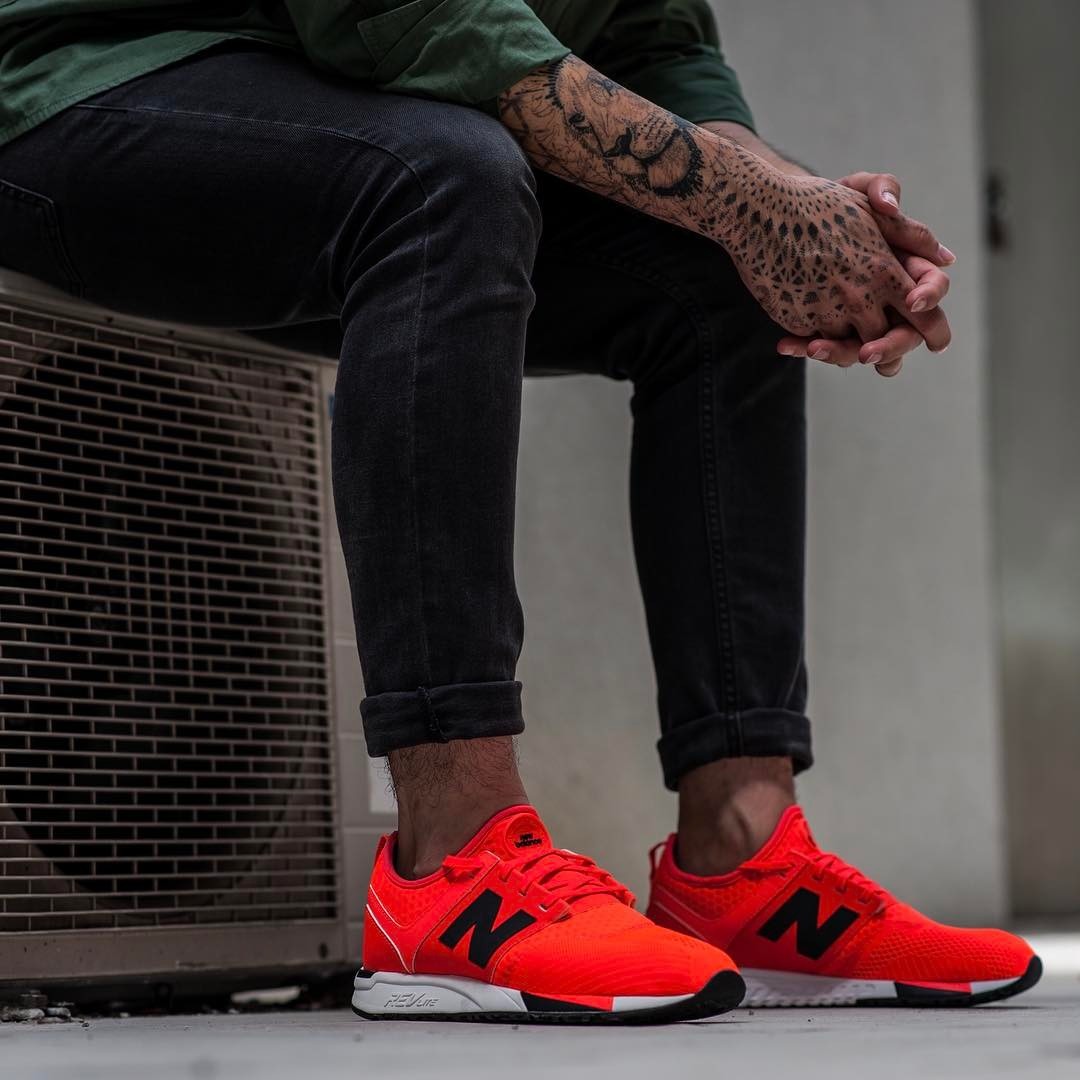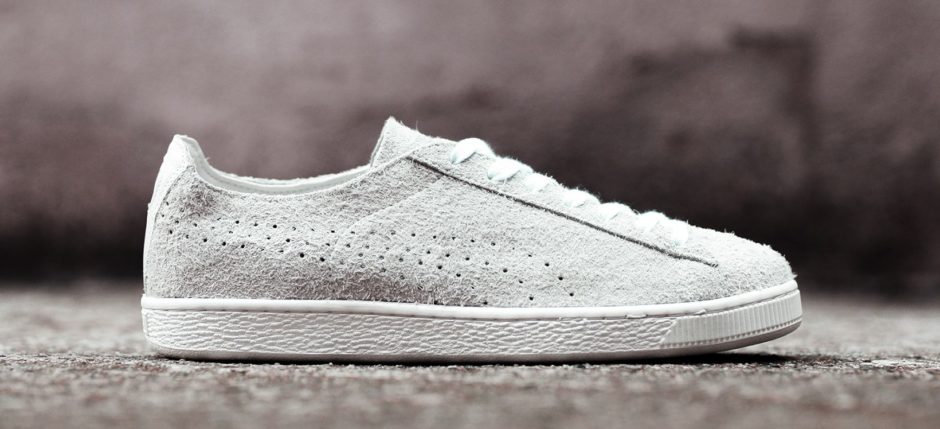The very first Adidas running shoes
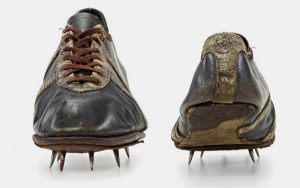 Adidas was founded by the Dassler brothers – Adolf and Rudolph. Officially, the company’s founding date is August 18, 1949, but this was preceded by 25 years of experience in the “Dassler Brothers Shoe Factory”.
Adidas was founded by the Dassler brothers – Adolf and Rudolph. Officially, the company’s founding date is August 18, 1949, but this was preceded by 25 years of experience in the “Dassler Brothers Shoe Factory”.
It all started in 1924. In the small Bavarian town of Herzogenaurau, two brothers lived – Rudolph (Rudy) and Adolf (Adi) Dassler. Their father worked in a shoe factory, their mother worked as a laundress. Both brothers had just returned from the war, the younger Adi began to make shoes in the back room of his mother’s house. Then his older brother Rudolph joined him – this was the beginning of the history of the cult brand. Soon, the brothers opened a small factory and called it the “Dassler Brothers Shoe Factory”.
What did the first running sneakers that the brothers created look like?
Adi Dassler’s real passion was sports shoes. That is why in 1925 at his factory Gebrüder Dassler he developed special shoes for athletics (shoes for sprinting and long jumps) and patented studs and boots with a protective pad under the foot.
The first running sneakers developed by Adi Dassler were designed for running short and medium distances (up to 800 m). His creations were recognized by many athletes. The first gold medal in brothers’ shoes was received by Lina Radke at the 1928 Summer Olympics in Amsterdam. Her result in the 800 meter race is 2: 16: 8.
The photo shows this very first shoe with a specially designed bio-mechanical pad with a special slope of 60 mm. The upper part of the sneakers is made of goat leather, the insoles are made of special chrome leather (soft thin leather, hollowed out with chrome salts), the sole and studded plates are made of leather that underwent the process of vegetable tanning (Vache leather). The advantage is light weight and tight lacing.
These sneakers used an innovative synthetic coating in the forefoot.
The peculiarity of these sneakers is that they use one of the first “screw systems” in athletics – 6 hand forged studs, a double riveted metal plate that supports the forefoot and distributes the pressure to the studs. This system has been used for a limited period.
With each new model, Adi Dassler came up with new technologies and tried to find the best option between the weight of the sneakers, their grip on the ground, the stabilization of the foot and their appearance. In chronological order below are other models of sneakers in which athletes received medals at the Olympic Games.
We hope that it was interesting for you to plunge a little into the history of creating adidas running sneakers and see how they changed every year and Adi Dassler’s new idea. It is interesting to compare these sneakers with the latest adidas designs and similarities.
